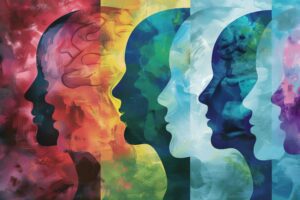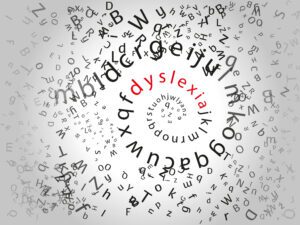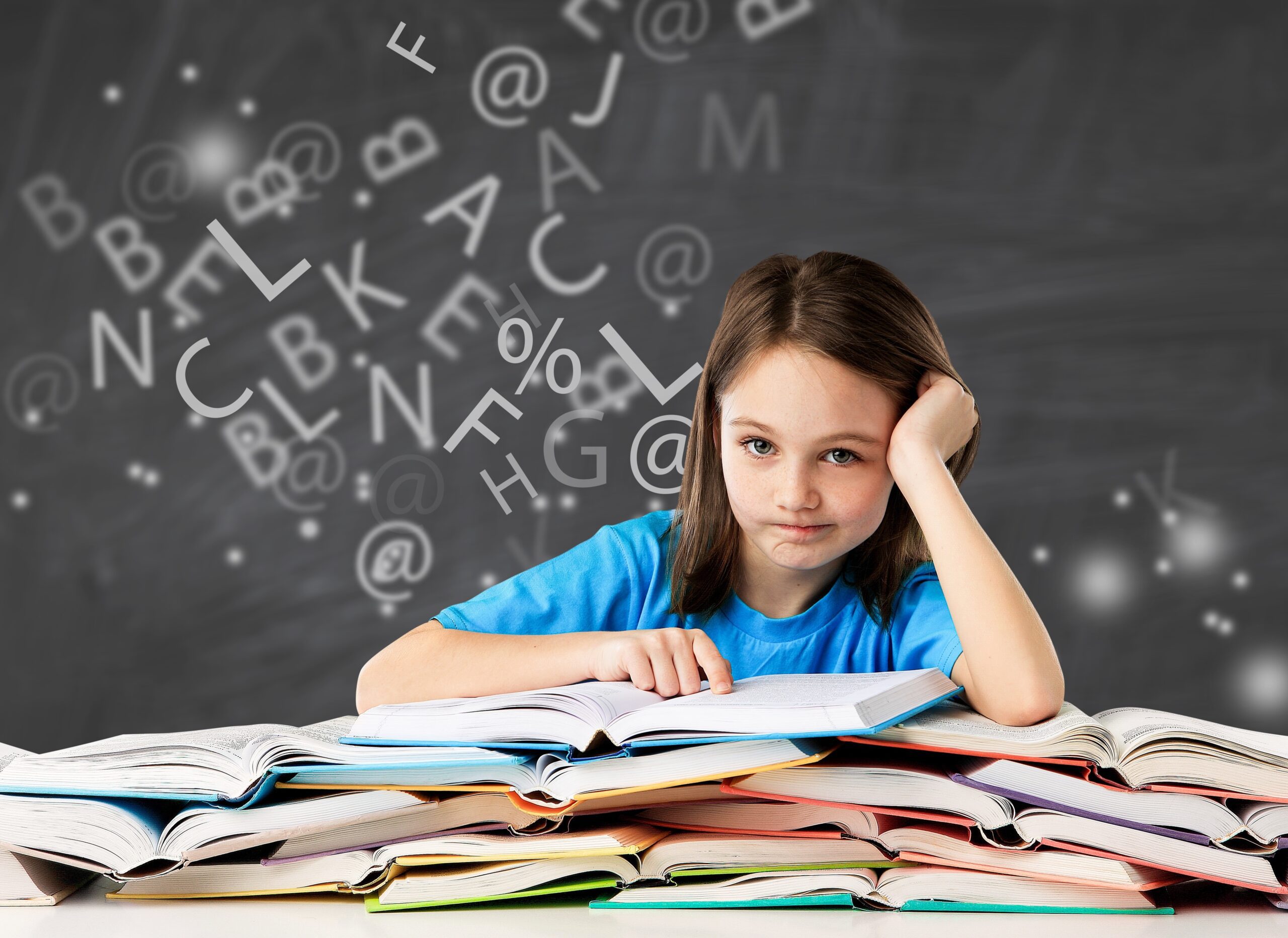Dyslexia is a neurobiological condition affecting how the brain processes language, impacting reading, spelling, and writing. Unfortunately, a common misconception persists, attributing dyslexia solely to seeing letters backward. In this blog post, we delve deeper into the multifaceted nature of dyslexia, challenging stereotypes and fostering a broader understanding.
Defining Dyslexia
Dyslexia is a language-based learning disability that affects approximately 15-20% of the population. That makes it one of the most common learning disabilities in the world. It is important to note that dyslexia does not affect intelligence. Rather, it impacts specific areas of brain functioning related to reading and writing. This means that individuals with dyslexia are just as capable as their peers. They simply require alternative methods of learning and support.
Contrary to a pervasive misconception, dyslexia does not result from visual issues or seeing letters backward. Instead, it involves challenges in phonological processing—the ability to recognize and manipulate the sounds of spoken language. Individuals with dyslexia often struggle with decoding words and may experience difficulties learning to read despite having average or above-average intelligence. This condition exists on a spectrum, leading to various manifestations and variations of its impact on individuals.

Debunking Misconceptions: Unveiling the Strengths of Dyslexia
Misconceptions surrounding dyslexia have perpetuated widespread misunderstanding, often leading to misguided beliefs about its nature and impact. Common misconceptions include:
It’s just a childhood issue.
It doesn’t affect only children and it cannot simply be “outgrown.” Research reveals it as a lifelong condition, with symptoms persisting into adulthood. Many adults often go undiagnosed, developing coping strategies to navigate challenges in reading and writing. A recent study (Ferrer et al., 2023) found that the achievement gap in reading between typical and dyslexic readers emerges in first grade and continues through adolescence. Early reading levels and developmental trajectories strongly predicting adult reading scores, particularly for individuals with dyslexia. These findings debunk the misconception that dyslexia is solely a childhood issue. Instead, it underscores the lifelong impact and emphasizes the critical need for early identification and intervention.
It’s just seeing letters backward.
Another common misconception is that those with dyslexia see letters or words backward. While this may be true for a small percentage of individuals, the majority do not experience this symptom. Dyslexia is a language processing disorder, meaning the brain has difficulty breaking down and decoding written language. It significantly influences various aspects of language processing, leading to reading, spelling, and writing challenges.

It’s just a motivation issue.
Beyond academic struggles, dyslexia has profound emotional implications. Individuals with dyslexia often grapple with frustration, anxiety, and a sense of being misunderstood. By shedding light on these emotional aspects, we hope to foster empathy and understanding. It’s essential to recognize this disorder often comes with unique strengths, and acknowledging these can empower individuals to navigate their educational journey with resilience:
- Multimodal Memory Strategies: Individuals with dyslexia often deploy multimodal strategies to aid their commitment to working memory, such as visual aids, chunking information, and kinesthetic learning (Working Memory, 2020).
- Strong Visual-Spatial Skills: Dyslexia, like other learning disabilities, encompasses a diverse range of abilities. Many individuals exhibit heightened spatial processing skills. This is supported by neurological studies indicating distinct brain activation patterns in areas associated with spatial reasoning. These findings recognized by researchers and practitioners highlight the prevalence of enhanced spatial abilities among individuals with dyslexia.
- Enhanced Social Awareness: Children with dyslexia, as found in a study by UC San Francisco neuroscientists, exhibit strong emotional reactivity, indicating a potential correlation between heightened emotional responses and increased social awareness (Toth, 2020).
- Creative & Critical Thinking: While strengths differ among students with dyslexia, some demonstrate distinctive cognitive abilities, including exceptional creativity, innovative thinking, and an aptitude for unconventional problem-solving. This may be attributed to developing non-lexical critical thinking strategies.
Recognizing and nurturing these strengths is essential for empowering individuals with dyslexia to reach their full potential. By embracing the diversity of talents within the dyslexic community, we contribute to a more inclusive and supportive society.
Preventing Academic and Emotional Setbacks
Early identification of dyslexia is crucial in preventing academic and emotional setbacks. Without proper support, children with dyslexia may face challenges that hinder their educational progress and emotional well-being. Early detection is crucial in addressing neurological processing disorders. The Universal Screening fact sheet from the International Dyslexia Association emphasizes that early identification of a learning disability provides a greater chance to implement the appropriate intervention sooner, improving the overall outcomes of students (Universal Screening, 2022). As children develop language skills at different rates, it is essential for educators and parents to be aware of the signs of dyslexia from a young age.
Some common signs include:
- Difficulty learning to read: Despite receiving adequate instruction and having average or above-average intelligence, individuals with dyslexia may struggle with learning to read.
- Challenges with phonological processing: Difficulty recognizing and manipulating the sounds of spoken language can impact the development of reading and spelling skills.
- Slow and inaccurate reading: Students with dyslexia may read slowly and inaccurately, struggling with decoding words.
- Poor spelling: Frequent spelling errors and inconsistencies are common signs of dyslexia, including reversal or transposition of letters, phonetic spelling, incorrect sequencing of letters (work for work), adding more letters than necessary, or omitting letters in irregularly spelled words and homophones.
- Difficulty with word retrieval and fluent verbal expression: Students may face challenges retrieving words and expressing themselves fluently, affecting written and verbal communication.
- Attention Deficits: A new study (Guerra et al., 2023) correlates early attention issues with students struggling during listening skill activities such as matching speech sounds and sound symbols. By recognizing these signs and seeking proper evaluations, educators, and parents can ensure children receive appropriate interventions tailored to their learning needs to excel academically.
Helping Individuals with Dyslexia Thrive
In conclusion, understanding dyslexia goes beyond the surface perception of seeing letters backward. It involves acknowledging the intricate challenges students face in language processing and appreciating the emotional aspects of their experience. By fostering awareness, acceptance, and support, we can all contribute to creating a more inclusive society where individuals with dyslexia can thrive.
The journey to unlocking dyslexia starts with awareness and empathy. Let’s unite to support and uplift those with dyslexia, celebrating their unique strengths and contributions to our diverse world.
Here are ways to take action today!
- Share your experiences: We invite our readers to share their experiences and insights related in the comments. Building a community that embraces diversity allows us to learn from each other and foster greater understanding.
- Take the course: Get a deeper understanding of the definition and characteristics of dyslexia and effective interventions to unlock student success with MindPlay’s Understanding Dyslexia course.
- Explore research-based screeners: MindPlay Signals can help identify signs of dyslexia in students and children. Contact us for assistance.
By Dr. Meredyth Kealey
References
Ferrer, E., Shaywitz, B.A., Holahan, J.M. et al. Early reading at first grade predicts adult reading at age 42 in typical and dyslexic readers. npj Sci. Learn. 8, 51 (2023). https://doi.org/10.1038/s41539-023-00205-7
Guerra, G., Tijms, J., Tierney, A., Vaessen, A., Dick, F., & Bonte, M. (2023, September 2). Auditory attention influences trajectories of symbol–speech sound learning in children with and without dyslexia. Journal of Experimental Child Psychology. https://bit.ly/4bduU0O.
Universal Screening: K–2 reading. International Dyslexia Association. (2022, December 6). https://dyslexiaida.org/universal-screening-k-2-reading/.
Working memory: The engine for learning. International Dyslexia Association. (2020, April 8). https://dyslexiaida.org/working-memory-the-engine-for-learning/.
Toth, A. (2020, November 30). Children with dyslexia show stronger emotional responses. UC San Francisco. https://bit.ly/4b1WKwM.

